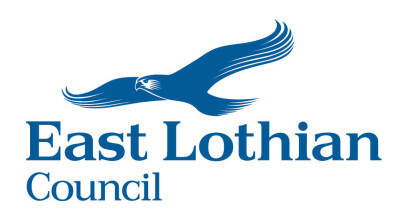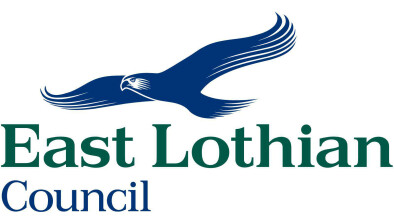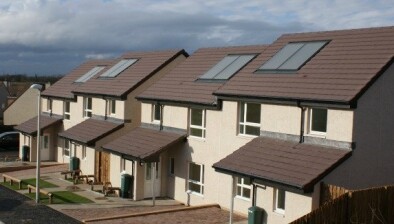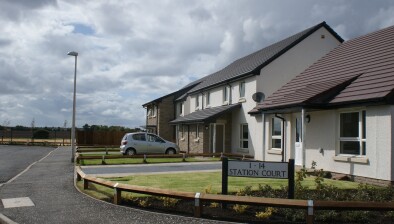Budget development update presented to East Lothian cabinet

Council leader Norman Hampshire
An update on the funding settlement for local government and its implications for East Lothian Council’s 2025/26 budget was provided at a cabinet meeting this week.
With full details of the local government settlement still to be confirmed, elected members heard that the council may see a funding uplift of £12.609 million, some of which is for meeting the cost of new policy commitments. Around £6.7m is available to cover some of the increasing cost of council services.
East Lothian Council covers one of Scotland’s fastest-growing areas and continues to face significant challenges as a result of population growth and demographic change. This, together with growing demand for statutory services and several years of cumulative cost pressures, means the council continues to face an increased gap between available funding and expenditure requirements.
Uncertainties regarding factors including the increase in employer National Insurance contributions and payment of the teacher support grant to the council mean that cost pressures could still be encountered, impacting detrimentally on the setting of a balanced budget.
Given the various cost pressures, the council faces a budget gap of £15.2m next year rising to £73.5m by 2029/30. The paper presented at this week’s meeting strongly recommends that the cabinet consider measures to close the budget gap over the medium term, in addition to previously agreed savings.
While budget decisions require to be made at a full meeting of East Lothian Council in February, the council’s budget model reflects a number of factors. This includes assumptions in relation to inflationary pressures, pay increases agreed at a national level, the delivery of previously agreed savings targets and – as set out in last year’s draft budget – an indicative 10% increase in council tax charges in 2025/26, with annual increases of 5% in subsequent years.
An increase in council tax would enable the council to make additional investment into demand-led services such as Children’s Services and Adult Social Care.
A 10% increase in council tax represents a weekly increase to the average (band D) property of £2.75 and is estimated to result in increased council tax income of £9.456m in 2025/26, which would support investment in council services and mitigate the need for further budget reductions. The majority of respondents to the East Lothian residents’ survey, conducted in 2024, indicated a preference for moderate council tax increases rather than cuts to services, which 61% indicating that they would support a council tax increase of not more than £3 per week.
Council leader Norman Hampshire said: “Our current focus is on being able to set a balanced budget while protecting the vital services our communities value most.
“But while the provisional local government finance settlement indicates the council may receive an uplift in its funding for 2025/26, it remains a very challenging operating environment for local government and it is highly likely that difficult decisions will still have to be made in the years ahead.
“East Lothian is one of Scotland’s fastest growing areas, with the council playing our part in achieving national government objectives, including managing the requirement of an additional 10,000 houses, and supporting economic growth.
“Each new house represents a further increase in demand for services which is not covered by additional council tax income nor our current grant settlement from national government, which provides most of our funding.
“The council’s financial management has been recognised as well run as evidenced by external and independent audit reports. In recent years, however, income has not been keeping pace with the rising cost of delivering services.
“It is important that any rise in council tax enables us to make additional investment into demand-led services which protect the most vulnerable in our communities, such as Children’s Services and Adult Social Care, areas which are experiencing growing demand.
“The report considered by cabinet today is clear that further difficult decisions will be needed in the years ahead. I would like to reassure local residents that we will continue doing our utmost to mitigate the impact of these challenges whilst focusing on core priorities such as tackling poverty, giving children the best possible start in life and supporting vulnerable people.”








